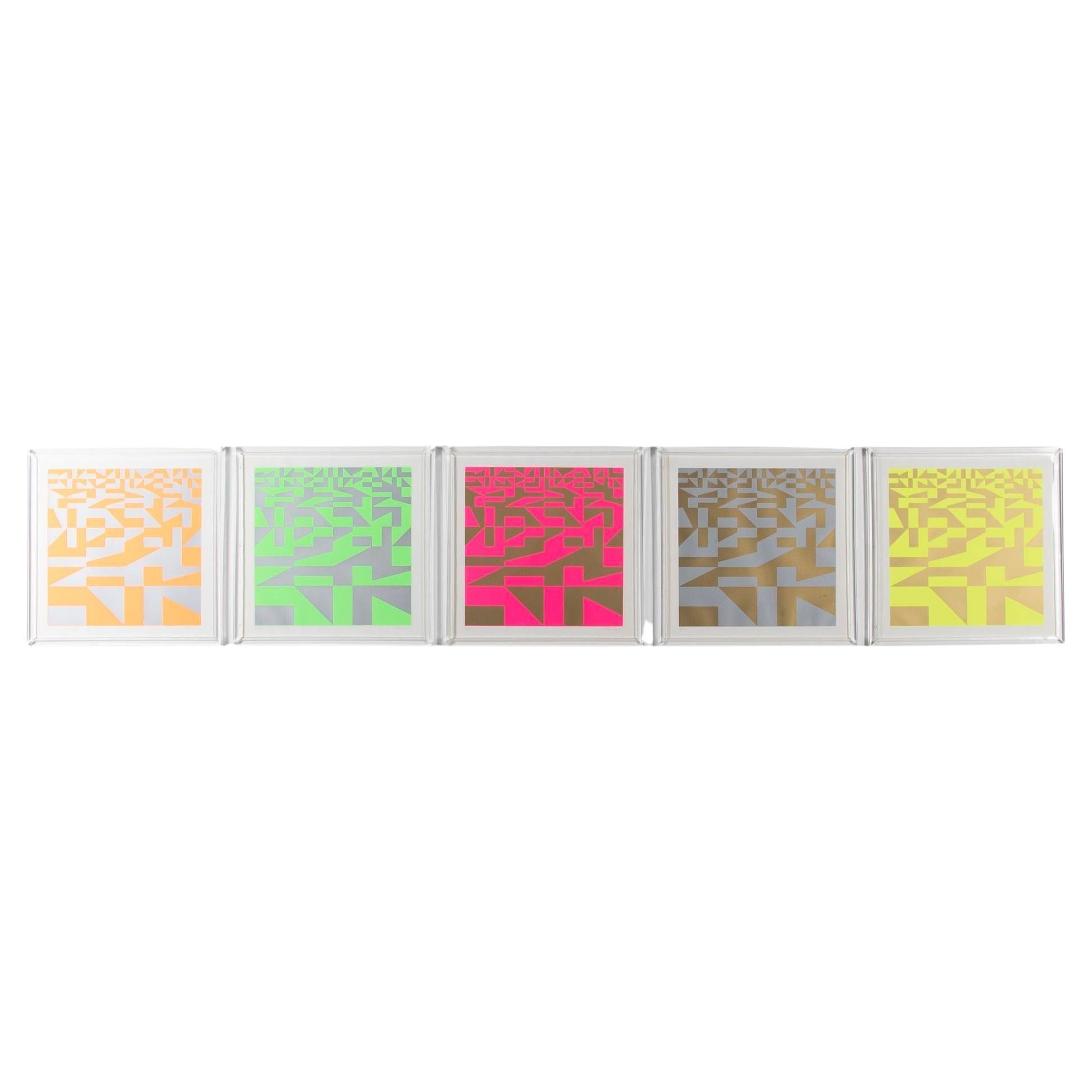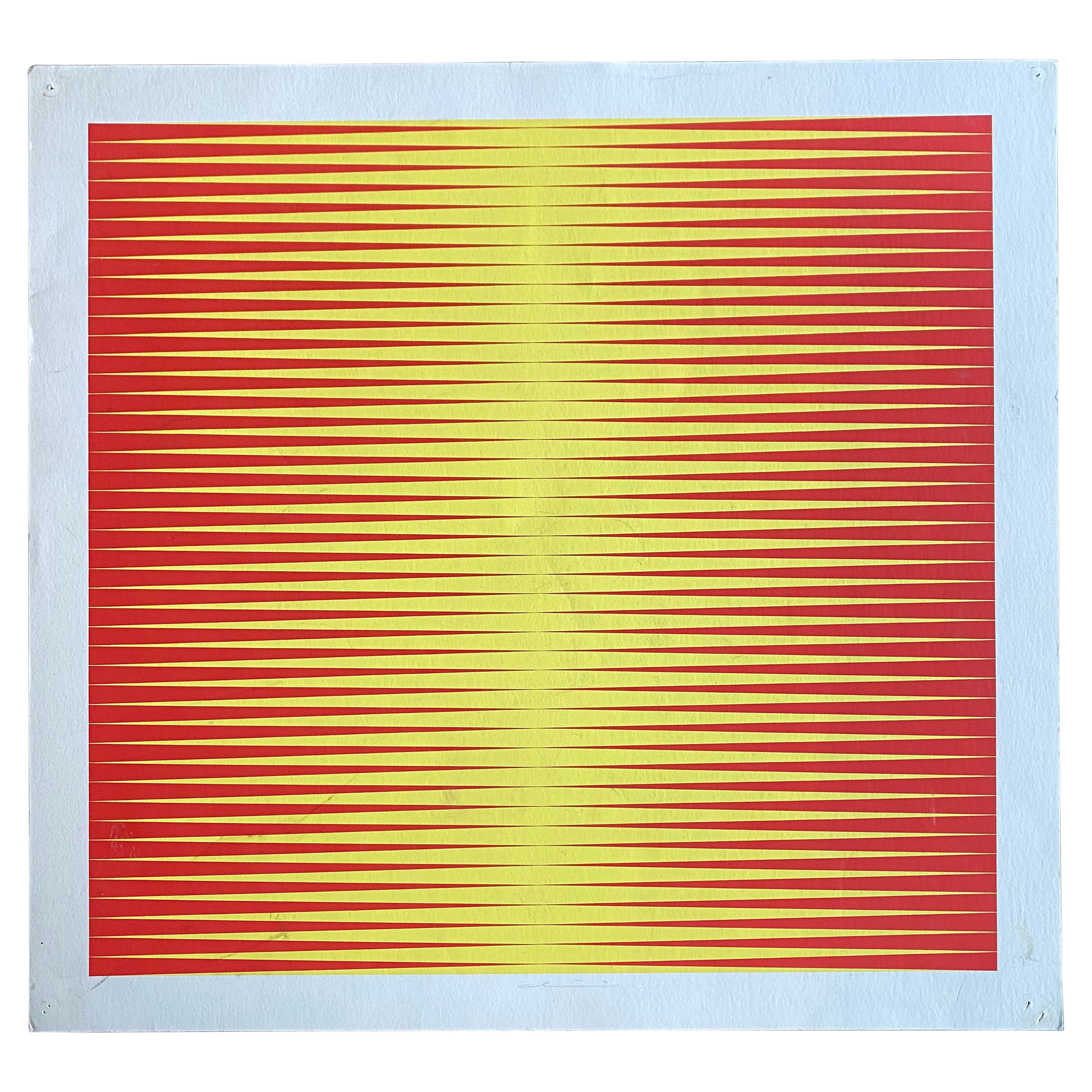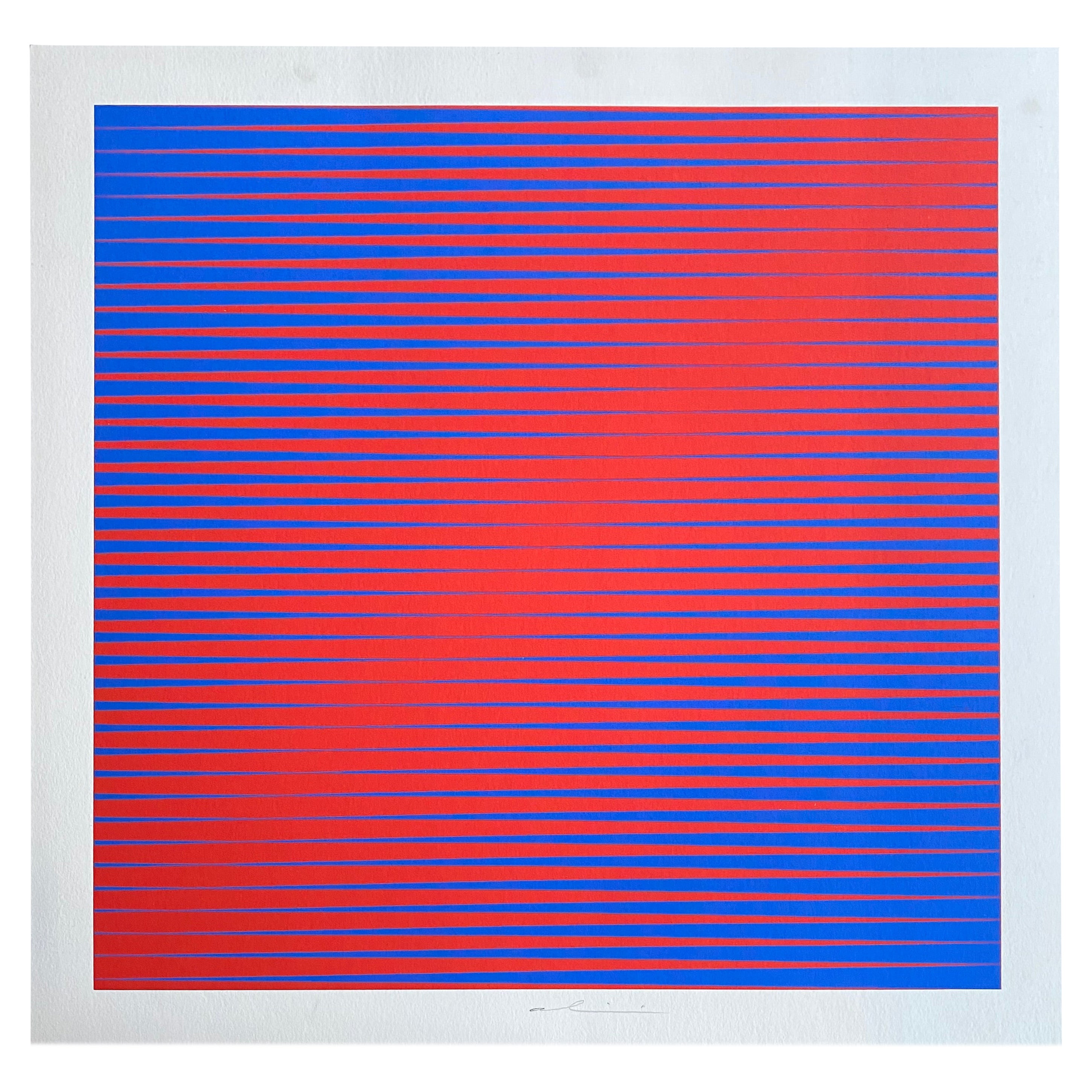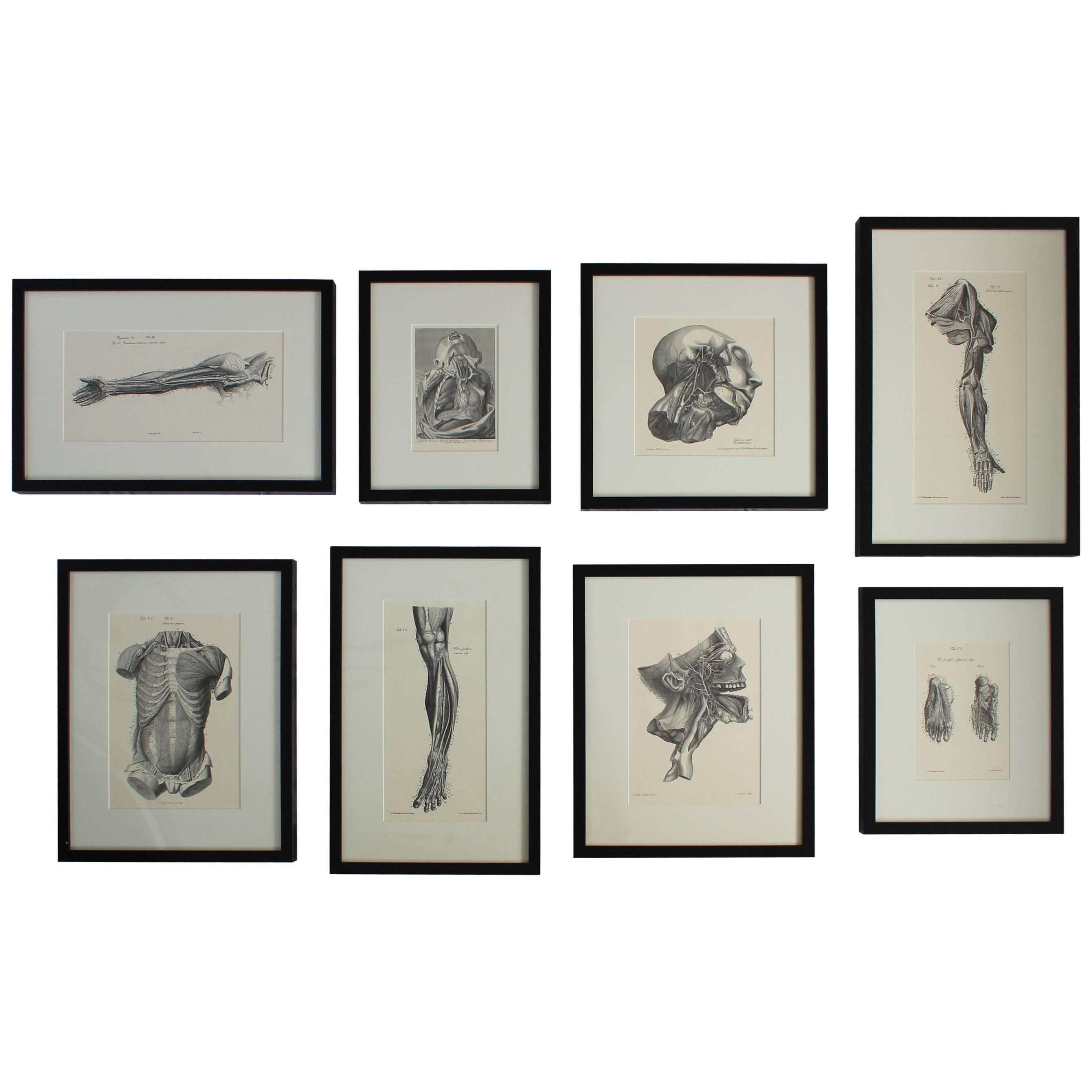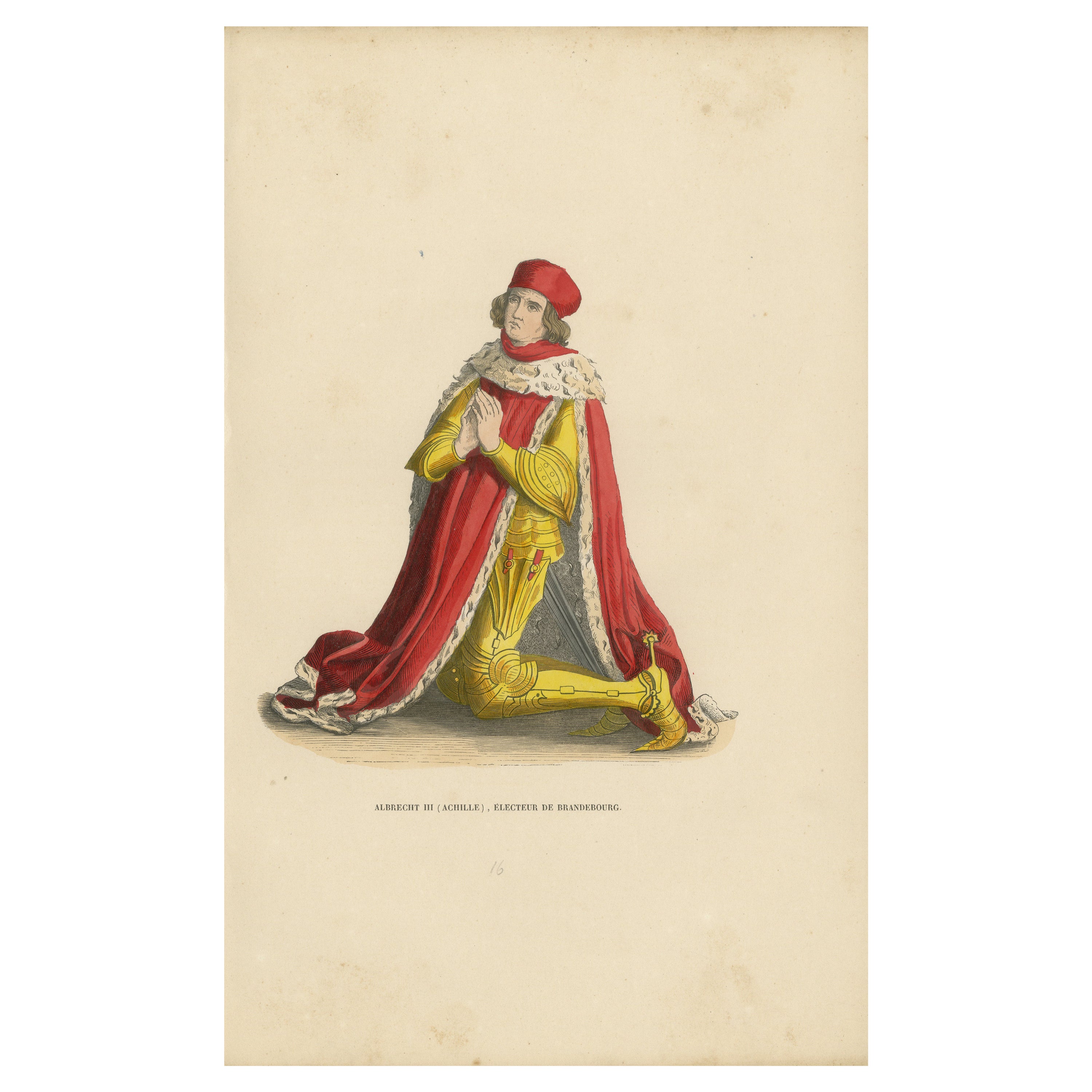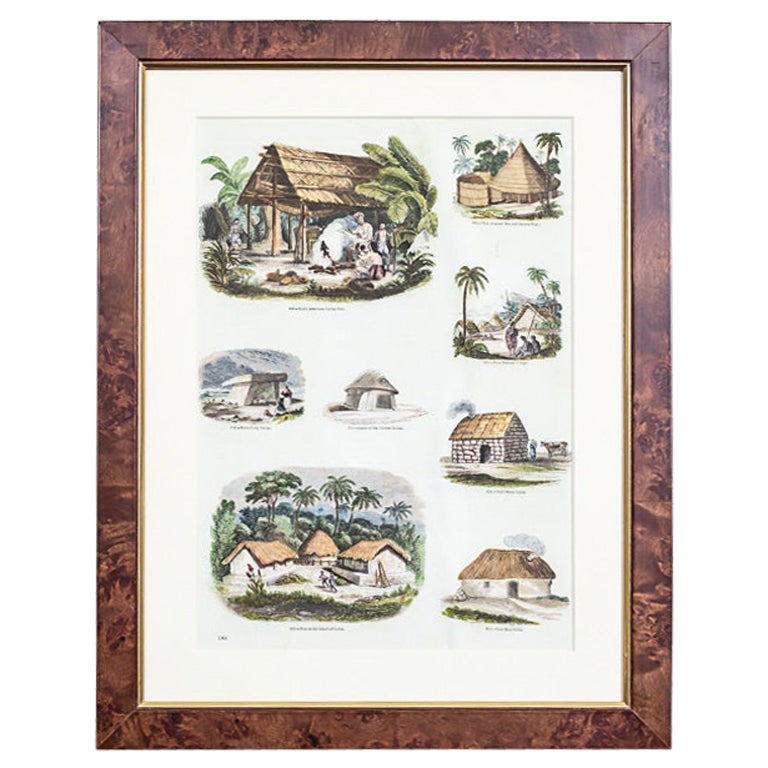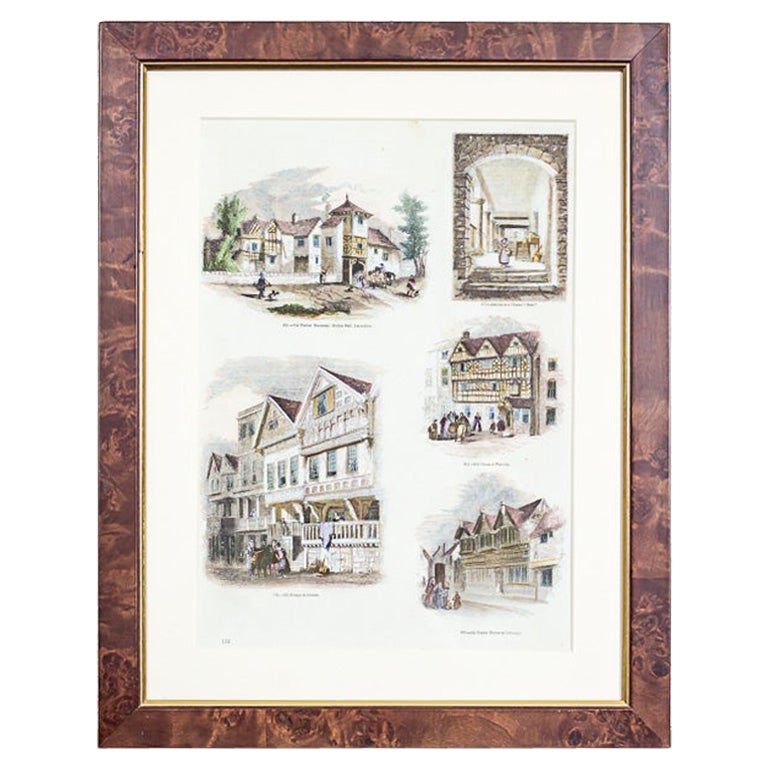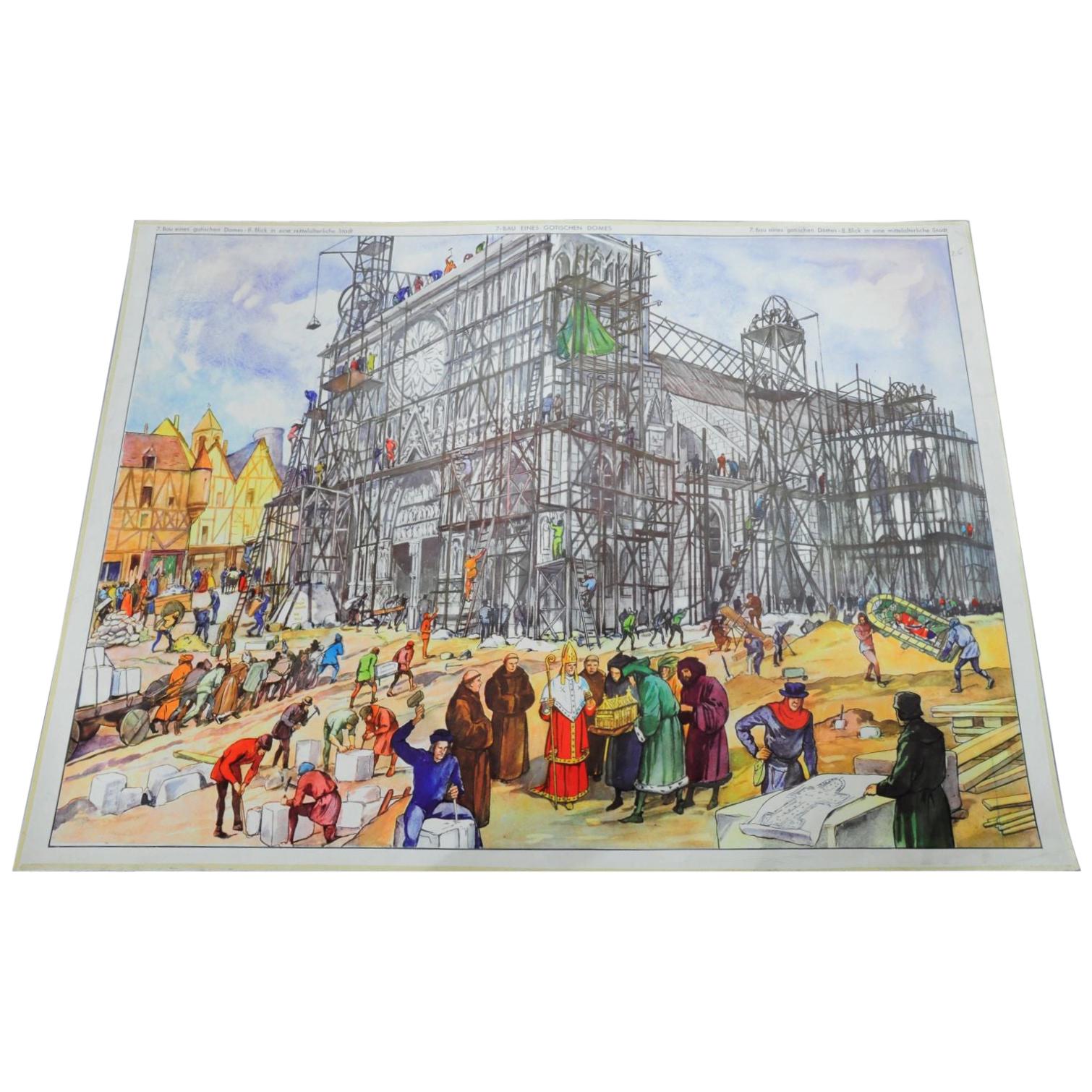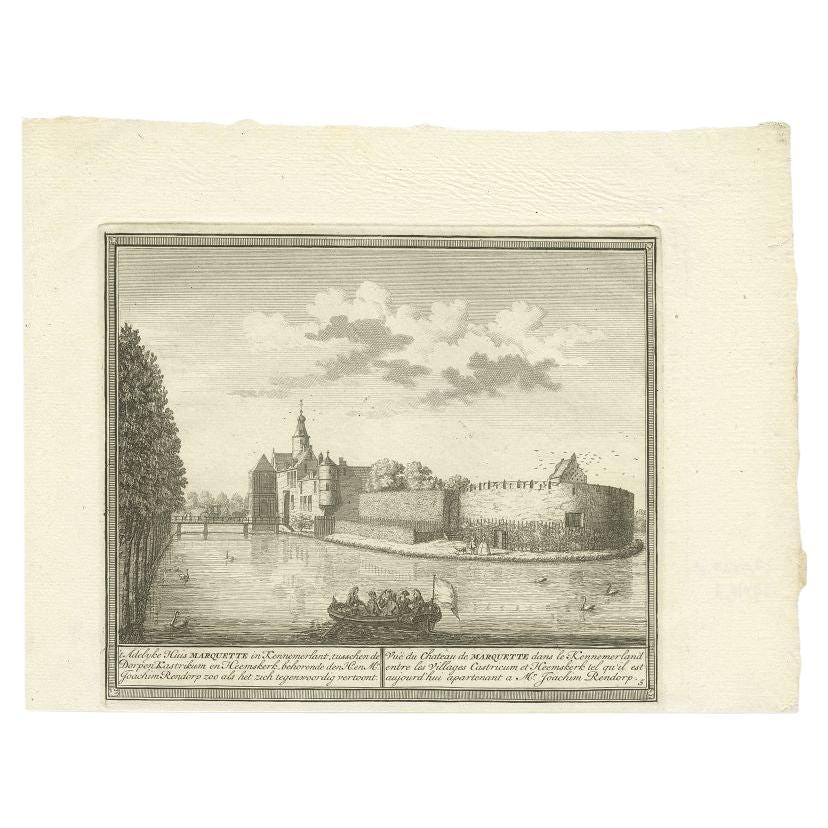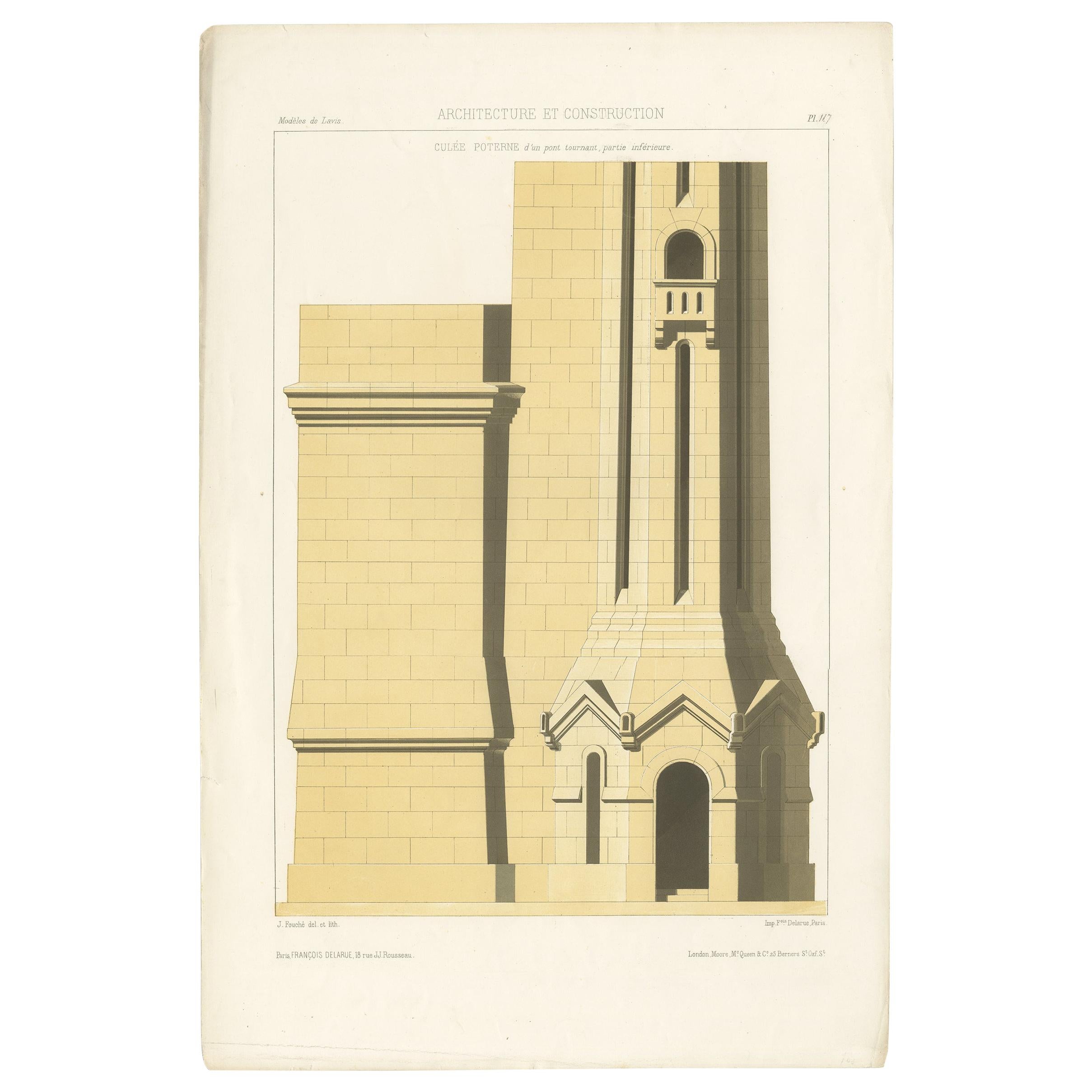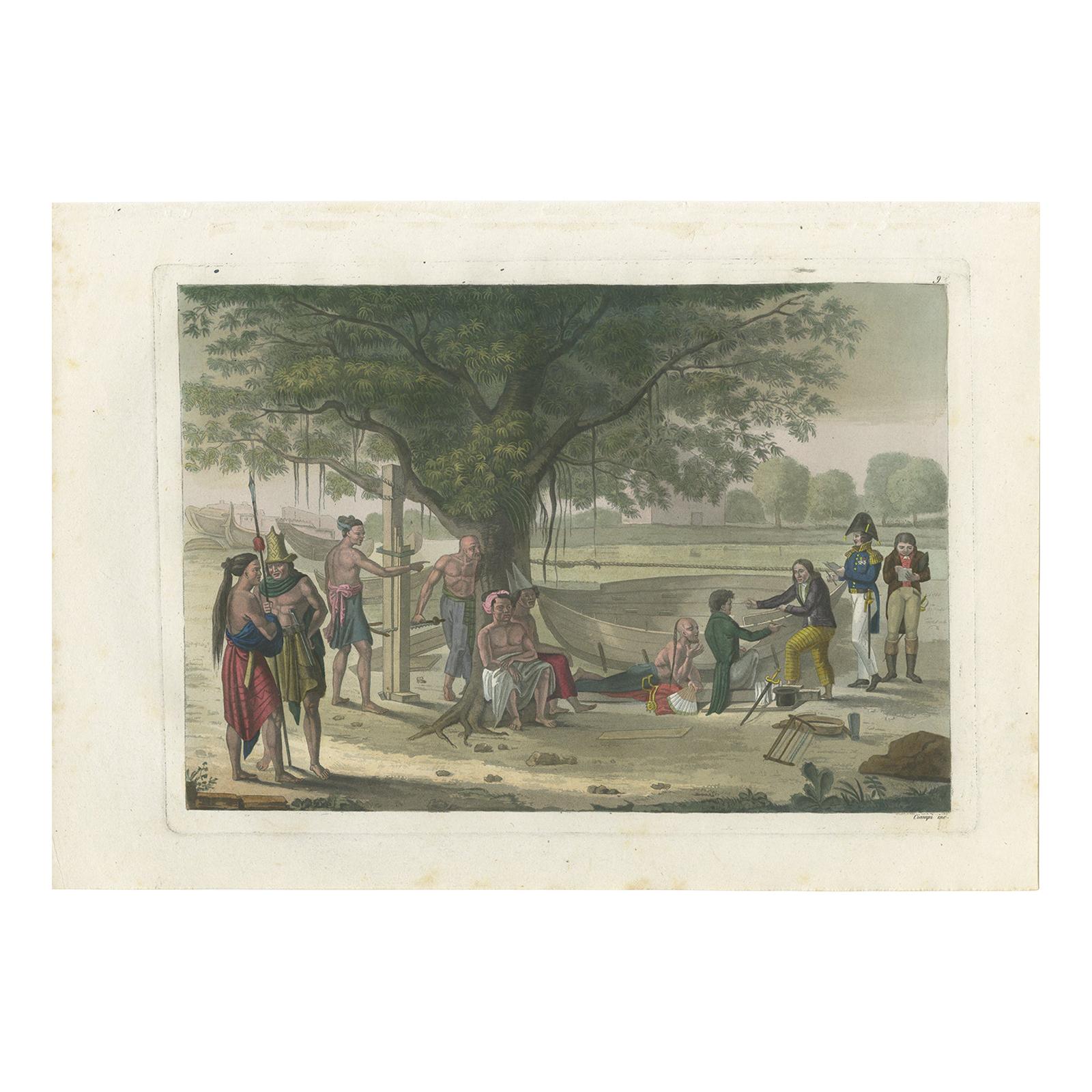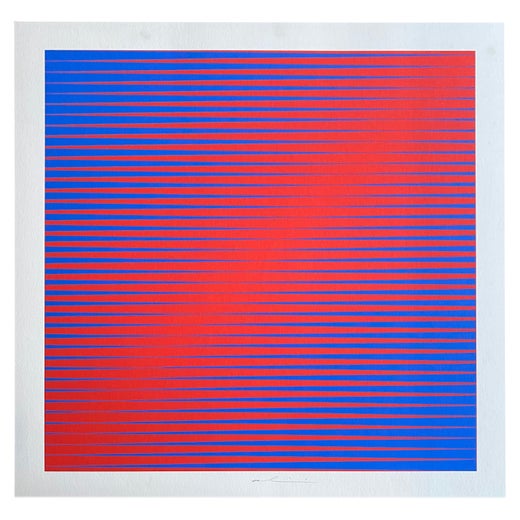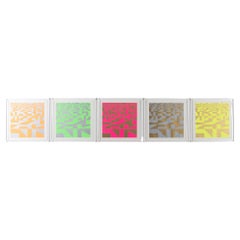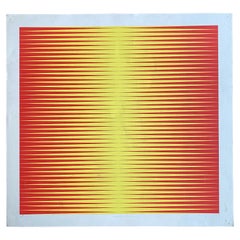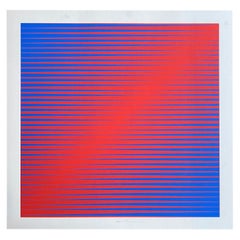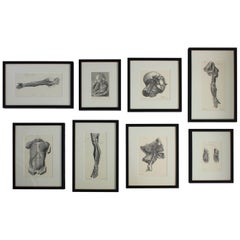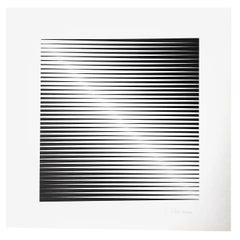
Joachim Albrecht: Construction 'Concrete Art'
View Similar Items
Joachim Albrecht: Construction 'Concrete Art'
About the Item
- Creator:Getulio Alviani (Artist)
- Dimensions:Height: 0.04 in (1 mm)Width: 11.03 in (28 cm)Depth: 11.03 in (28 cm)
- Style:Minimalist (In the Style Of)
- Materials and Techniques:
- Place of Origin:
- Period:
- Date of Manufacture:1966
- Condition:A rare limited edition of the portable collection of post-war and contemporary art La Lune en Rodage III. This is an unnumbered copy of 230 editions (65 hors commerce were unnumbered) and part of the third serie of the La Lune en Rodage books.
- Seller Location:St-Brais, CH
- Reference Number:1stDibs: LU7132230887082
Getulio Alviani
Getulio Alviani is the undisputed protagonist of the story of the programmed and Gestalt art that took hold between the 60s and 70s, thanks also to the critical and theoretical support of Giulio Carlo Argan. Its vibrating textured surfaces made in 1960 immediately attracted the attention of the public: the treatment of the aluminum and steel tops gave life to structures of changing images depending on the refraction of light. According to Alviani, the visual construction, developing according to relationships of elementary geometry, becomes an expression of an idea of a rational ordering of reality, including social reality. His research which, between 1959–60, led him to create works in aluminum or steel, called Vibrating Textured Surfaces, operating the metal material with an electric cutter with a precision determined by preordained programming or working manually same material with a mechanical lathe (in the case of Discs), obtaining at the end of the procedure a surface that changes continuously according to the positions of the viewer’s visual angles and the light incidence, thus generating always different images. In 1962, he took part in the “Arte Programmata” exhibition in Venice, Rome, Düsseldorf, Leverkusen and in the “Zero” exhibition in the Galerie Diogenes Berlin. He had his first solo exhibition abroad at the Galerie Denise Renè in Paris in 1963 followed by a second one, in the same year, at the Museum Morsbroich, Leverkusen. In 1964, he was invited to the Venice Biennale and exhibited in the “Nouvelles Tendences” exhibition at the Louvre Palace in Paris. Alviani wants to order the things of the world through logic and rationality. Geometry, accuracy and essentiality are for the artist the essential constants of the ideation. The basis is the desire to simplify the chaos that pervades the things of the world, through logic and rationality. Unlike many authors and designers who joined in groups, Alviani has always worked alone, placing at the base of his research that technical and scientific foundations already postulated by the experiences of historical constructivism, the Bauhaus and concrete art.
You May Also Like
Late 20th Century Italian Prints
Acrylic, Paper
Vintage 1970s Italian Modern Prints
Paper
Vintage 1970s Italian Modern Prints
Paper
Late 20th Century Prints
Paper
Antique 1840s Prints
Paper
20th Century European Prints
Paper
